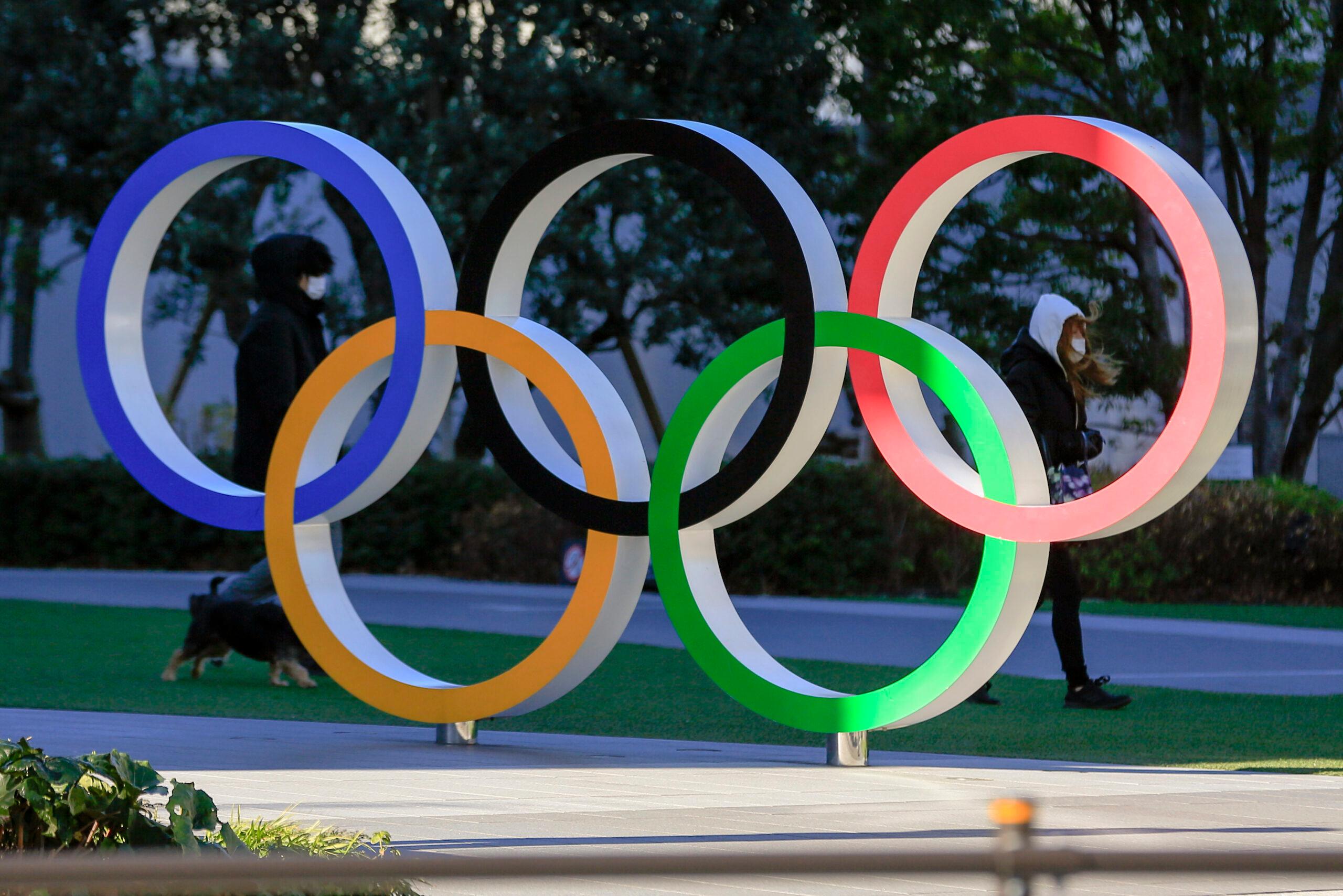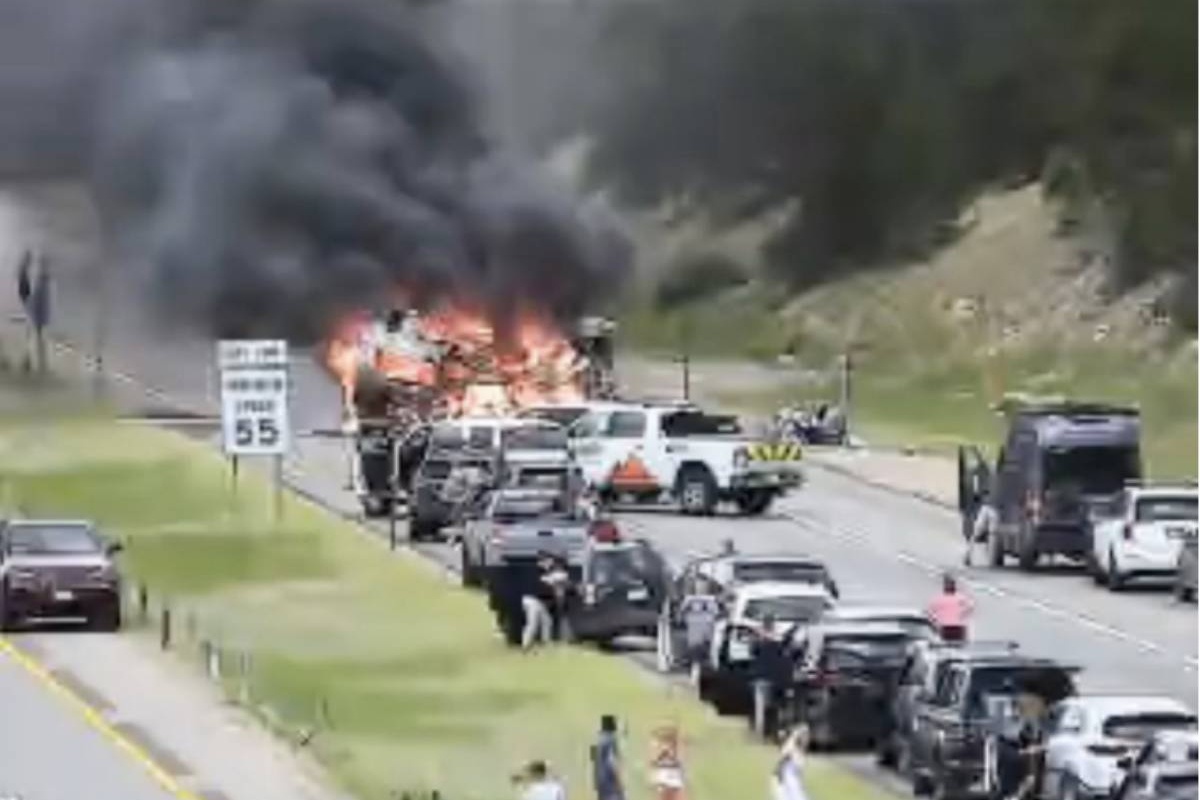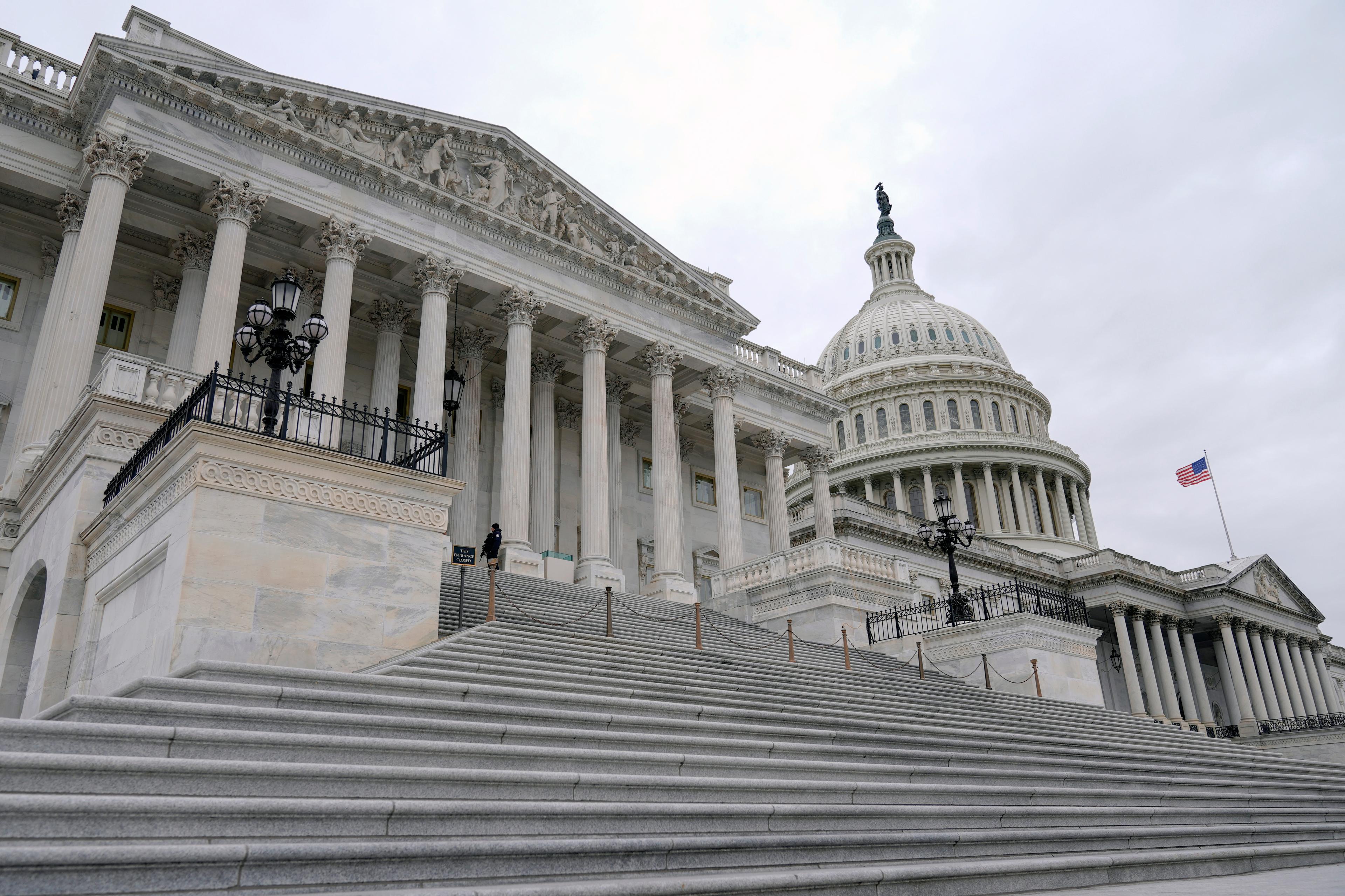
Colorado author Craig Childs is known for blazing new trails and rediscovering ancient ones. That adventurous spirit has repeatedly led him in and out of the deserts and canyons of the Southwest, from “The Secret Knowledge of Water” to “The Desert Cries” and “The Way Out.” Now, it’s taken him to the ice fields of Alaska and to memories of the Ice Age.
The Norwood-based writer talked to Colorado Matters about his latest book, "Atlas of a Lost World: Travels in Ice Age America." The prehistoric travelogue follows Childs as he traces the path of early humans who trekked across the Bering Land Bridge into North America. He imagines himself not only in the shoes of our ancestors but in the lives of the woolly mammoths and other animals whose lives were changed by the introduction of humans.
Excerpt From 'Atlas Of A Lost World'
Scientists squabble over the locations and dates of human arrival in the New World. They shy away from words like earliest or first, knowing there will always be new and earlier discoveries. What is evidence, what is not? Is that a bone point or just a pointed bone? Were those mammoth and mastodon remains deliberately broken by tools and butchered, or is the damage a natural result of erosion and trampling and time? Age makes the Paleolithic record hard to read. There is no agreed-upon entry point or date. Artifacts were not left carpeting the ground, like souvenirs of a Moorish invasion. This was the farthest end of the world, the back door on human expansion. Numbers would have been few, and encampments would have been far between as the people found their way across the land bridge, kicking off one of the greatest experiments in global history. This is a love story—boy meets girl, if you will. One partner is an unpeopled hemisphere, the other is our hungry, inquisitive species. Some might tell you that the encounter wasn’t love at all, but domination, overkill, an invasive species hell-bent on spreading into a land that was doing just fine as it was, without us. Some scientists have called it blitzkrieg, mammoths felled like cordwood. Ours was no docile species, and the animals were not ready for us, or our weaponry. Archaeologists from Alaska to Florida have found Paleolithic spearpoints and stone blades still holding protein signatures from the meat of horse, camel, sloth, bison, bear, and the proboscideans, mammoths and mastodons. Ice Age bones in the Americas have been found scribed with human butchering marks, blackened from res. But humans didn’t always win. Many died; some were eaten. First people, wildly outnumbered by animals, would have found them- selves tossed and trampled by tusks and hooves or torn to pieces by the scissoring teeth of scimitar cats. No matter how well-armed they were, even with Eurasian wolf dogs at their sides, surviving among Rancholabrean megafauna would have been challenging. Nobody said love would be easy. I apologized out loud when I accidentally peeled a sliver of damp bone from the camel’s skull. It seemed only polite to say something. The animal said nothing in return, silent as always. Our engagement back here felt like a first encounter between human and American megafauna. By sleight of scientific hand, I had slipped in before the first people, and this camel would have been bewildered to see me; it would never have encountered an animal so pale or so oddly limbed, gathered at its wildly bulging eye like a fleshy crab. At lunch, everyone else left the cave and shut down the generator up top so they could eat in peace. I stayed below because my days here had to be quick; I had to leave the cave early, run two miles back to camp to start dinner and get a camp re going. With the generator off, all the work chambers fell into darkness as I kept working, the only light in the pit of the earth. I heard the thunk of a mammoth tusk striking rock on the surface above, where it swept through snow with its tusks, looking for winter browse. A Columbian mammoth, the largest of its kind in the world, was thirteen feet tall at the shoulder. I kept digging and scratching as I felt the distant boom of its steps as it moved its tonnage forward. Big cats would have been quieter, and I strained to listen for them padding across the ground above me. I did not imagine the sound of people, no crack of stone on stone, or swish of a wooden rod making re. Instead, I imagined the country empty of us, long before human eyes. In my imagination I rose up through the original entrance of Porcupine Cave, shielding my eyes from sunlight across glaciers, shaggy beasts of tusks and hooves grazing in the valley below. Continents would have been in the same positions, mountains and plains mostly unmoved, rivers in more or less the same places as they are now. More ice existed than we have today, storing water on land in the form of glaciers and ice caps, causing sea levels to drain by a few hundred feet, rewriting the coastlines. Ten years ago is not hard to imagine. A hundred is well within grasp—you’ve probably known people who lived that long. A thousand years is ten lifetimes. Ten thousand years is one hundred lifetimes. It was around two hundred and fifty lifetimes ago that people began to arrive in North America into the teeth of Ice Age mega- fauna. I listened through the cave for the moment before this arrival, a time without time. Under the pressing weight of limestone, no sign of light but my own, it became hard to tell which time was which. The skeleton was articulated, the animal had not moved from where it fell. Bones were in place like a time machine, the camel’s head slumped into a low passageway. I was here like a seed blown into a cave, random, unexpected. How long would I last? How, without an atlas, would I find my place? I listened for the Pleistocene, but all I heard was the scratch scratch of my fine metal pick, followed by the hush of the artist’s brush I was using. In an ancient hole, only my headlamp shining through the blackness, I inhabited two worlds at once. One was an occupied continent streaming with freeways and lights. The other was this camel’s land, a kingdom of animals, plants, and fungi. Eurasia would soon tip into the Americas. A land bridge with a navigable coast would be found. I whispered to this camel, Your world is about to change . . . |









